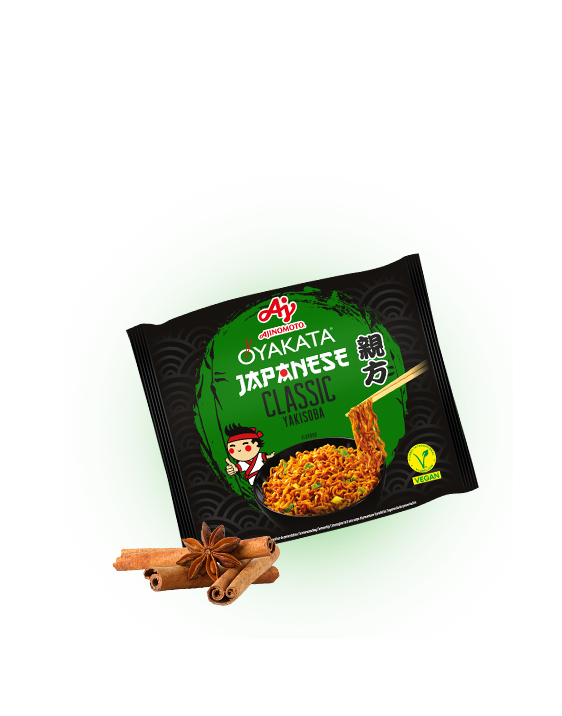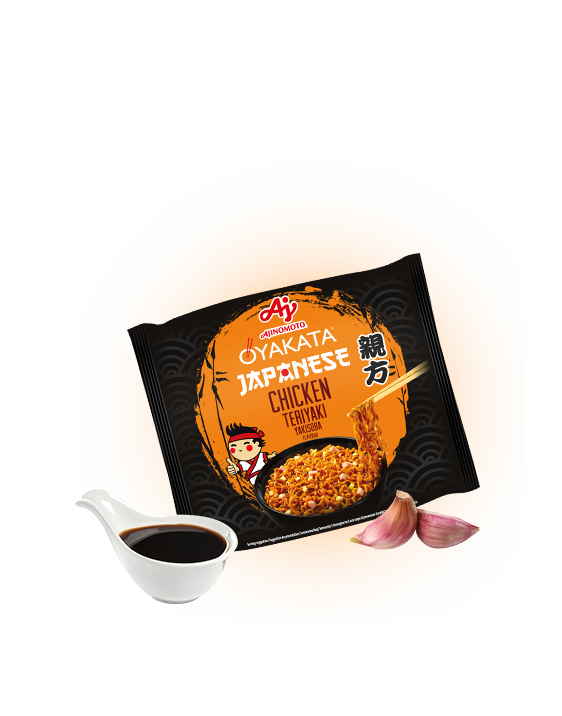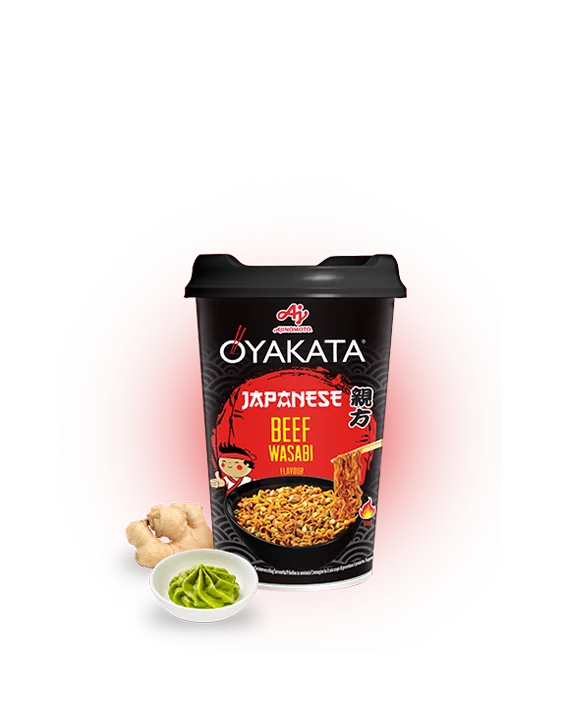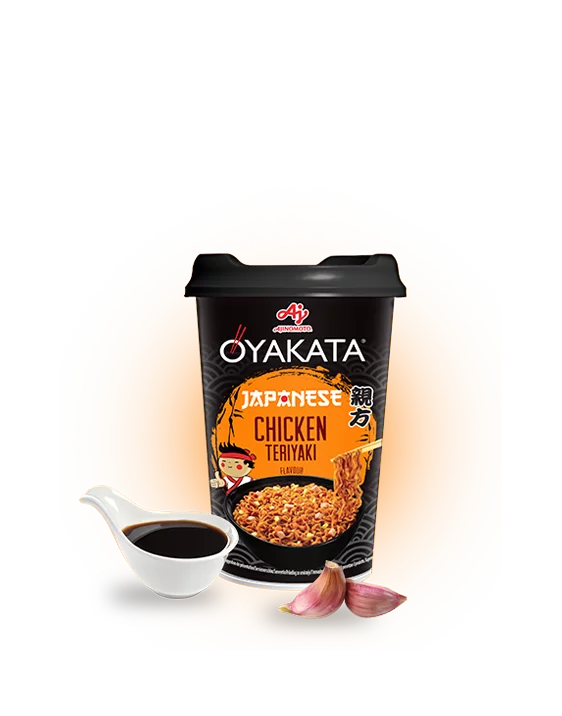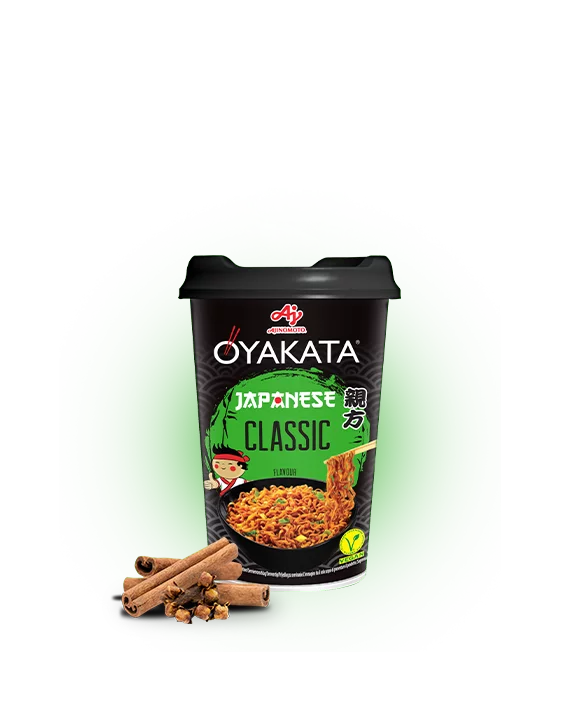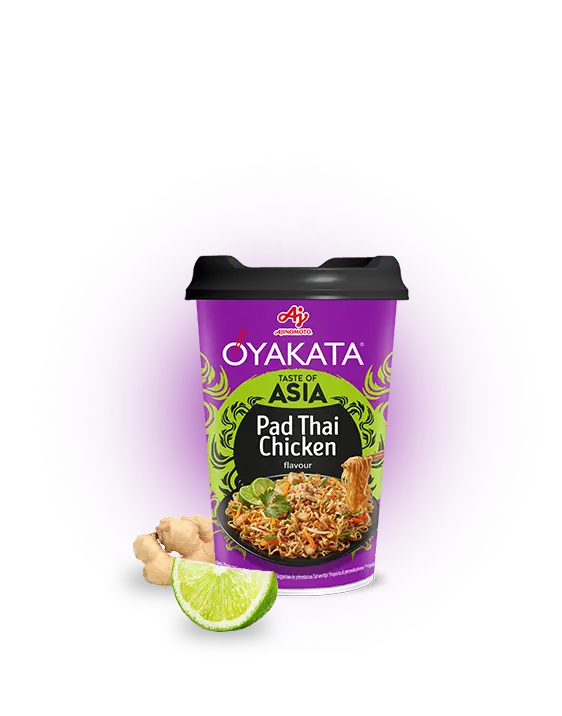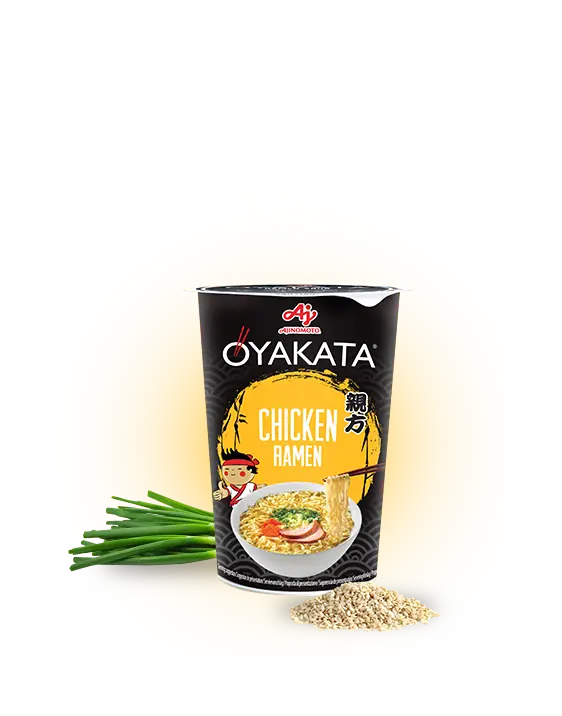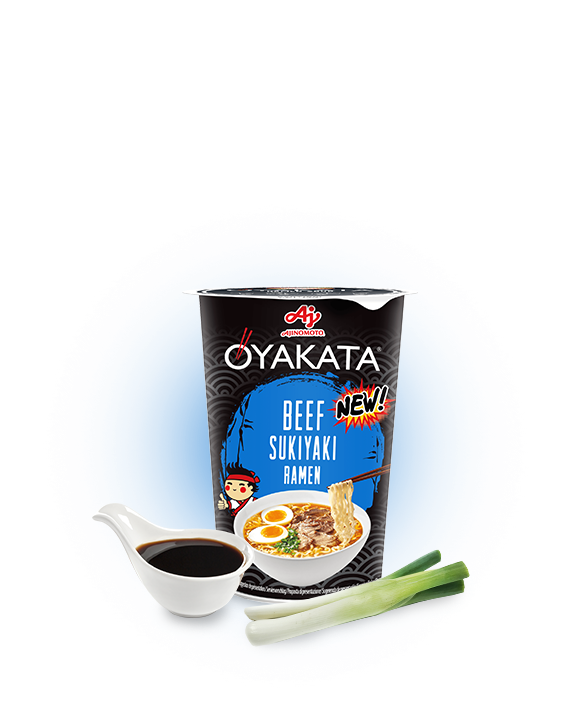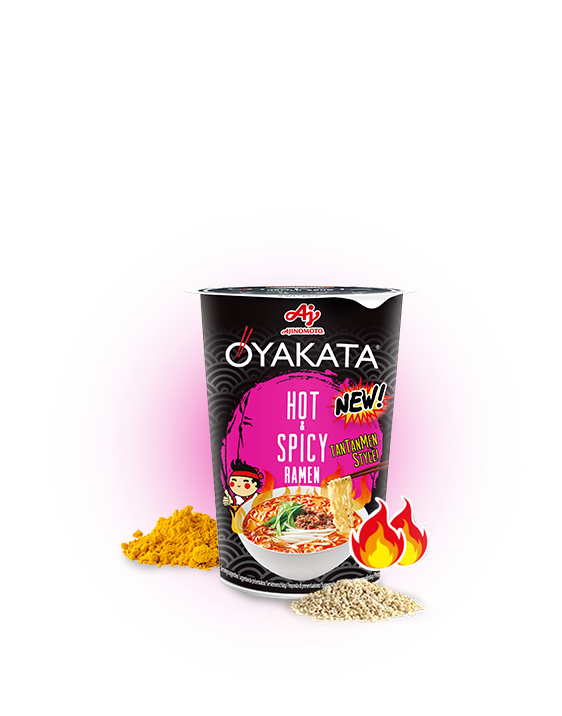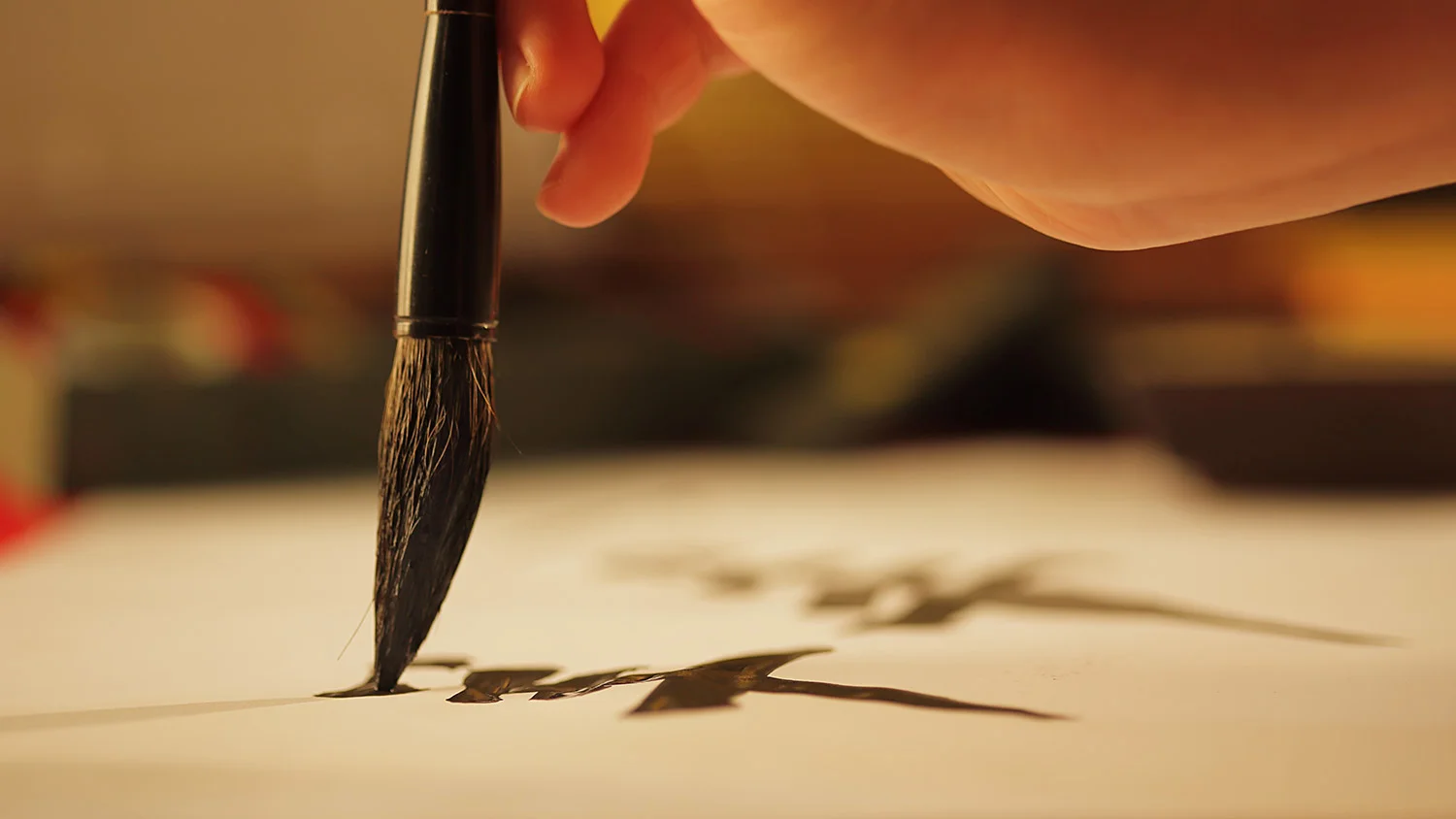

HIRAGANA AND KATAKANA – JAPANESE SYLLABIC KANA SCRIPTS
One language – 4 alphabets
Japanese has not one, as is the case in Polish, but 4 notation systems. The main and the most extensive one is kanji. It consists of 6,000 characters, where each expresses both a phonetic value and a specific notion or concept. In addition to a logographic script, the Japanese use two syllabic kana systems, as well as rōmaji – Latin alphabet, allowing foreigners to easily read Japanese names and phrases.
Kanji, hiragana and katakana – origin
Traditional Japanese alphabets developed based on Chinese script, which reached the Country of Cherry Blossoms around the 5th century AD. Over the ages, the Japanese transformed the Chinese character system to match their needs. Despite sounding alike to many foreigners, Chinese and Japanese differ considerably in terms of structure. One of the basic differences is inflection – used in Japan but absent in Chinese. Verb conjugation and adjective declension may be treated as one of the reasons why the Japanese use parallel notation systems – the logographic kanji and the syllabic kana.
Syllabic kana script – what is it?
Kana covers two Japanese syllabic notation systems, developed around the 8th century and consolidated in the Heian period. Unlike in kanji, kana characters only express a phonetic value, where 1 character = 1 semantically neutral syllable. The syllabic system was to simplify the notation of Japanese and to facilitate its daily use. Even though it can be used to note down the majority of Japanese words, this simplification is only used by foreigners beginning their adventure with the language. On a daily basis, the Japanese use kana only to denote the categories of words and sounds.
Hiragana and katakana – similarities and differences
The Japanese syllabaries have 46 characters each. Every hiragana character has its equivalent in katakana. This means that there are two ways to note down every Japanese syllable. The basic characters of kana do not allow to write down all the Japanese words. New syllables are created through the addition, in the right upper corner, of two parallel lines or a circle, and with a small tsu character, which doubles a letter. Hiragana and katakana differ not only in terms of notation but primarily as to usage, which strictly determines their functions in the structure of Japanese script.
Hiragana – how to write down the suffixes of Japanese words?Katakana – how to note down Japanese words of foreign origin?
While the first Japanese syllabary was initially ascribed to women, katakana is historically connected with the world of men, who used it to write for example official texts. Today, it is employed for words and proper names of foreign origin, plant and animal species and onomatopoeias. Katakana is also a tool to emphasise and accentuate words in texts.
Hiragana and katakana – learning to write
Japanese writing lessons usually start with the simplest set of characters – hiragana. Once they have been mastered, subsequent katakana characters are introduced, plus any additional symbols that soften and extend sounds or change voiceless phonemes into voiced ones. It is a good idea to learn the proper order and direction of writing the lines from the very beginning – precision is crucial if the characters are to be properly read. It is also very important to differentiate between handwriting and print, since the typefaces differ slightly.
Japanese script is one of the most complex language systems. Despite that, brave amateurs of calligraphy and enthusiasts of Japan who learn Japanese can be found all over the world. Due to the technological edge of the insular country, the Oriental language is often considered a pass to international career. Also in Poland, we can find language schools that offer Japanese language courses in almost every major city, and Japanese studies are among the most popular choices at Polish universities.
